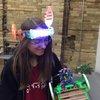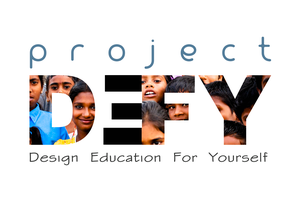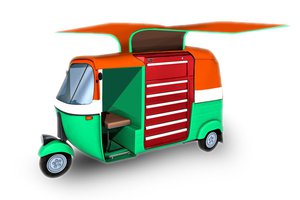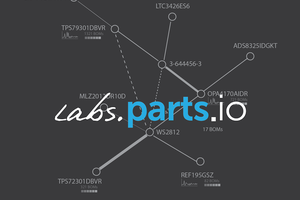This quick video gives a great overview of the whole thing!
BOAT LAB
The BOAT Lab stands for TheBuilding Open Art and Technology Laboratory. It’s also a boat!
It serves as an interactive, community science-center. This floating raft is decked out with tools and equipment to not only explore art and technology, but connect people’s inventiveness directly to the natural areas surrounding it.

The lab primarily monitors an endangered coral reef. It’s a floating makerspace to bring artists, engineers, tourists, and fisherfolk together to understand, explore, and preserve the nearby precious resources hidden under the waves. It’s a key figure in the larger Waterspace program created with community members here in Dumaguete. All the teams contribute different We have teams rigging together arrays of Philippine-specific water-quality sensors, performing eco-oriented plays with e-textile costumes, melting collected ocean plastic into new tools, and creating beautiful light-up public artwork on the ocean.
The BOAT Lab itself functions as a central platform for these community projects. It’s solar powered, traditionally crafted, modular mobile makerspace floating in the ocean. It has submarine drones, sensors, LED and water-projection systems, and tools to build and repair everything. It’s a literal platform providing a rare chance to experience, and empathize, with the hidden undersea environment. (It's even been visited recently by a BLUE WHALE!) Most importantly, it’s built and owned by the community, which grants them the agency to direct maintain this project and attack issues most important to them and their precious reef.

This awesome boat can support at least 10 people at a time and run for 24 hours a day! It's the site of several on-going workshops, performances, and art exhibitions happening in the Philippines as we speak! It's also mobile and modular in design so it can be easily floated or carried to new sites.

Construction
The BOAT Lab was primarily built in just 9 days. It is mostly composed of reclaimed bamboo wood (Kawayan Tinik - salvaged from previous boats), recycled barrels, and nylon string. It was constructed with workers from the local community (fishermen skilled in boat-building), and built using traditional methods. Beams are connected via tensioned knots and special nails carved out of bamboo themselves.
Perhaps best of all, we managed to build this whole structure for very little money! The full budget is laid out in other steps, but the whole 8x6 meter boatonly cost us $1640 to put together! For a lab the size of an apartment, it cost less to build than many people's monthly rent!
It has already been a great success in the Banilad community. Thus, (as with all fun and helpful things) I wanted to openly share how you can build your own! I will cover
- how to build your own huge boat lab
- traditional filipino boat making techniques
- its power infrastructure
- key design features of the lab
- Weatherproofing and Security
- citizen science and electronics projects
- sustaining a lab
- safety protocols
and
- ways to engage with local communities and environments
Check out the full how-to article and hopefully build your own mobile, floating laboratory! I imagine a world full of inexpensive, self-sustaining laboratories, moving to interesting places all over the world!
BACKGROUND

Waterspace
This project was a integral part of a larger workshop program called "Waterspace." Waterspace was a series of collaborative education and design projects led by Andrew Quitmeyer as part of the ZERO1 American Arts Incubator, in partnership with the U.S. Department of State's Bureau of Educational and Cultural Affairs and the U.S. Embassy in Manila.
It consists of a program to develop community skills in art and technology to promote environmental health.
The Waterspace program was designed from November 2015 - March 2016. The actual projects were carried out in only three weeks during April 2016 on location in Dumaguete, Philippines. ...
Read more » blorgggg
blorgggg






































 Coby Unger
Coby Unger
 Chris Gammell
Chris Gammell
 Aleksandar Bradic
Aleksandar Bradic
Wow! This is awesome. I learned so much reading this.